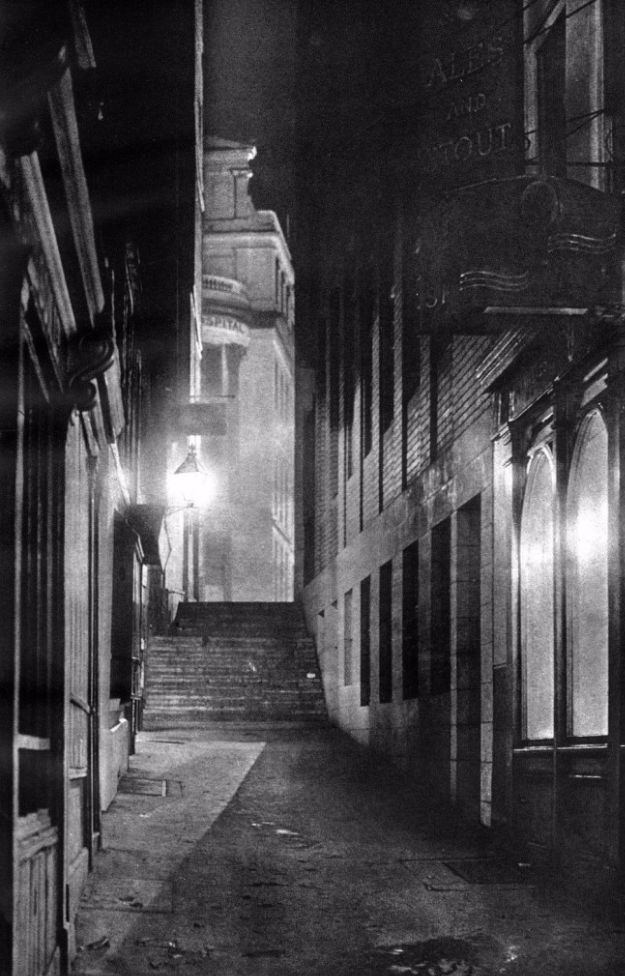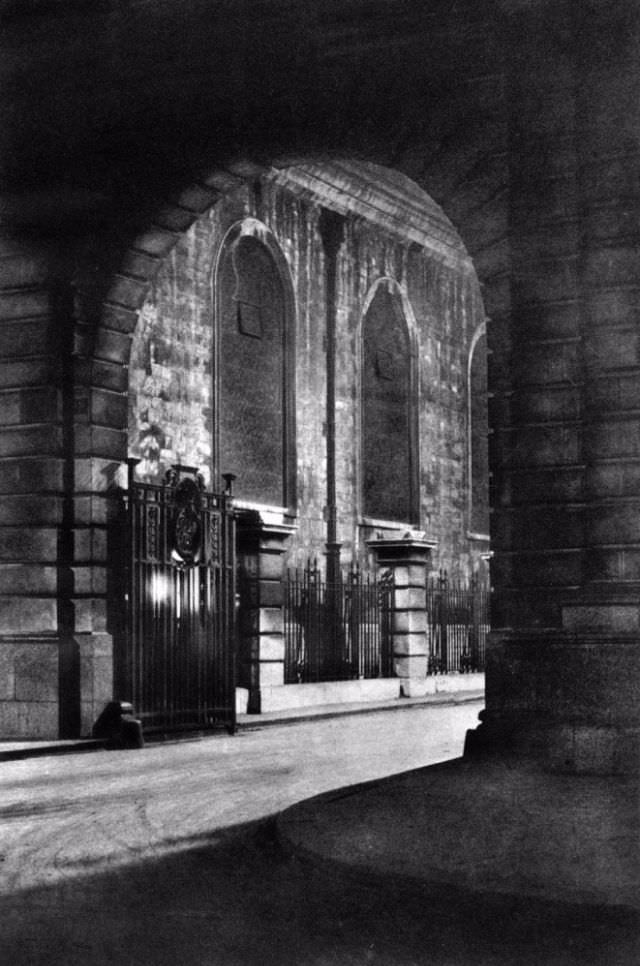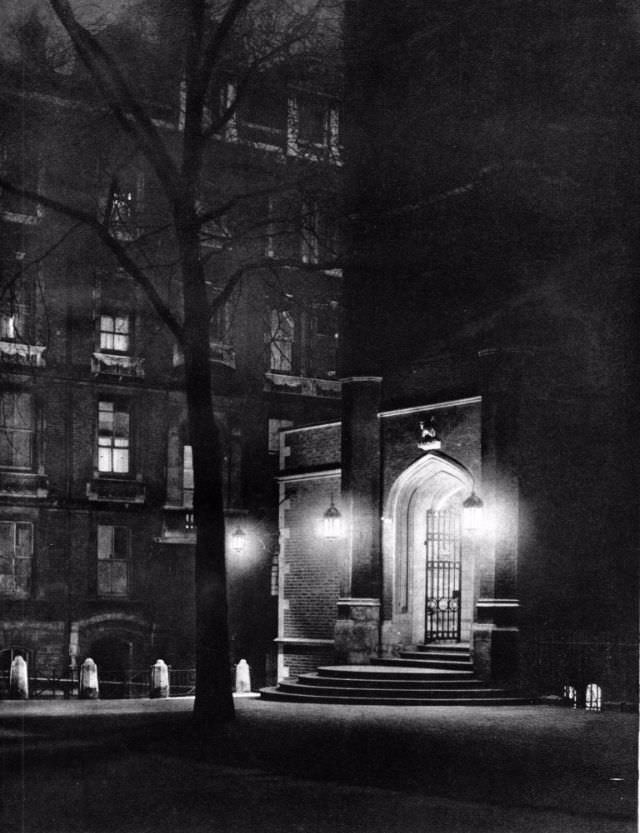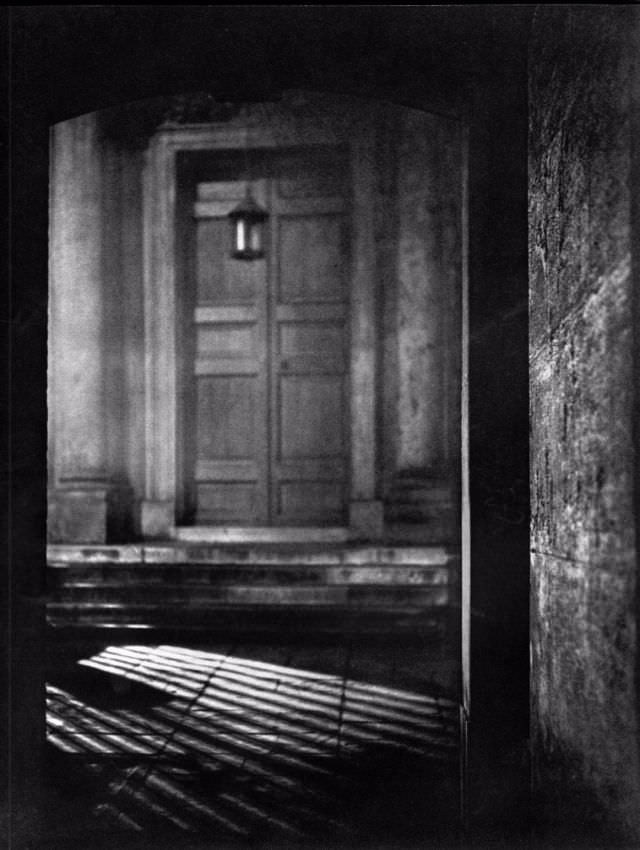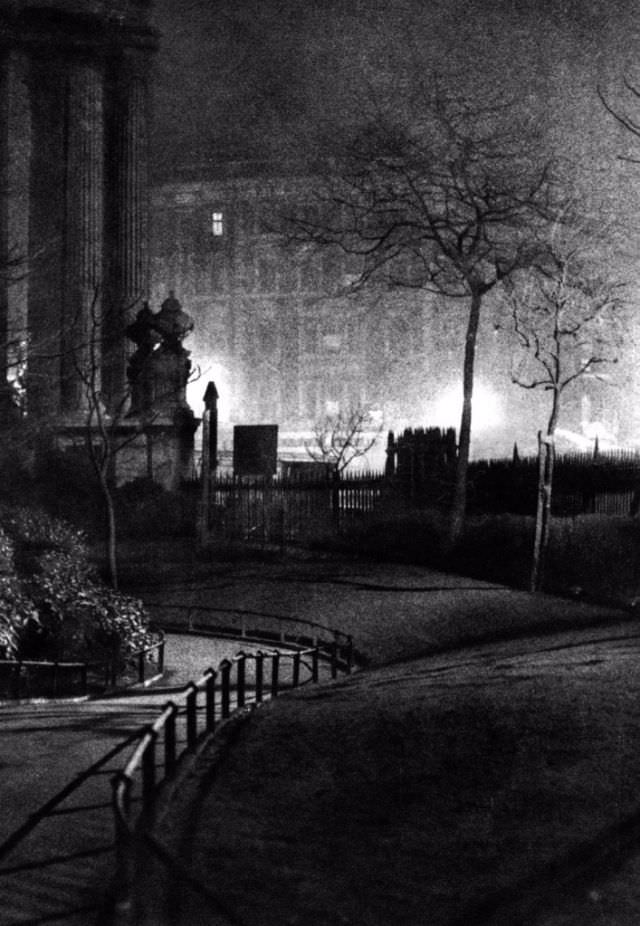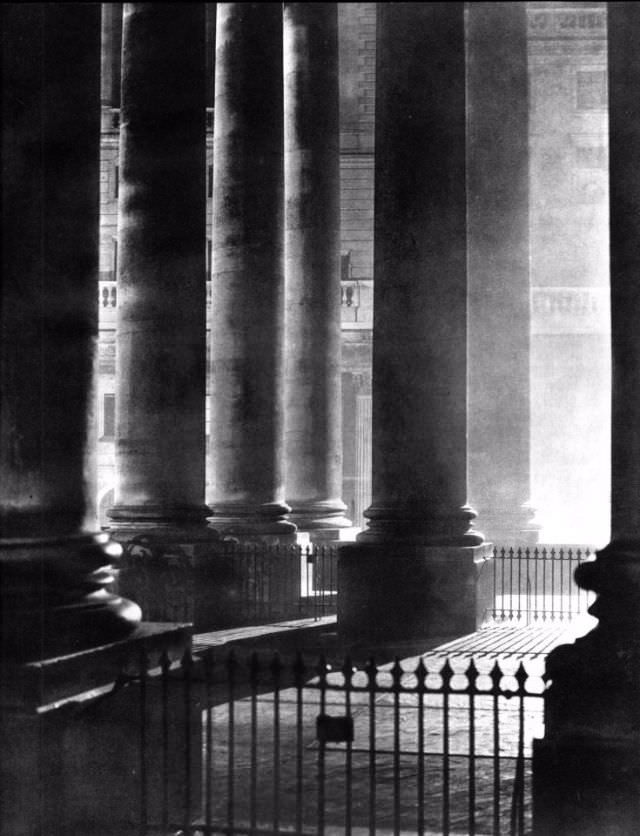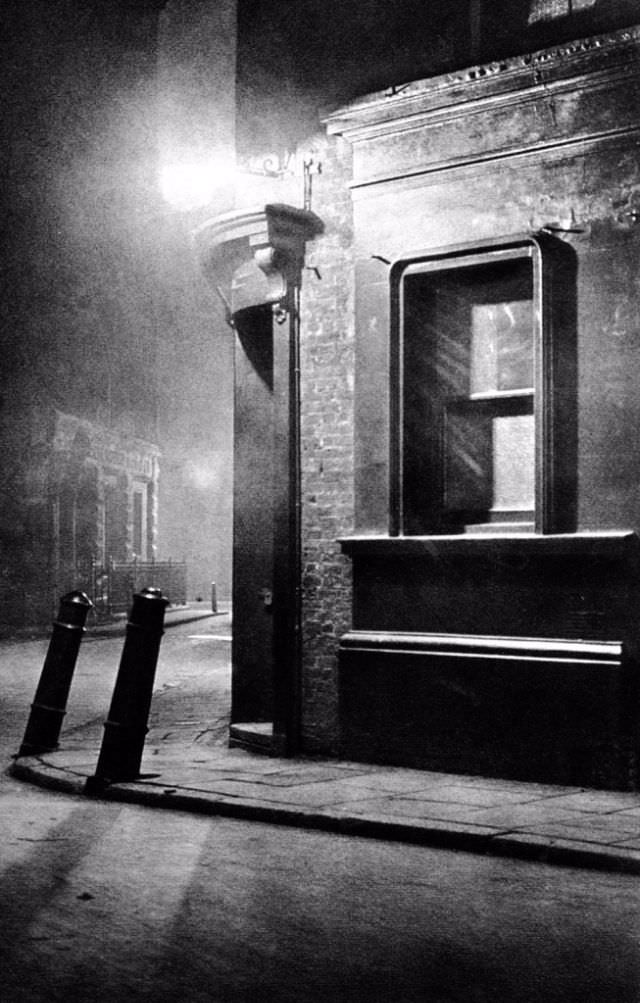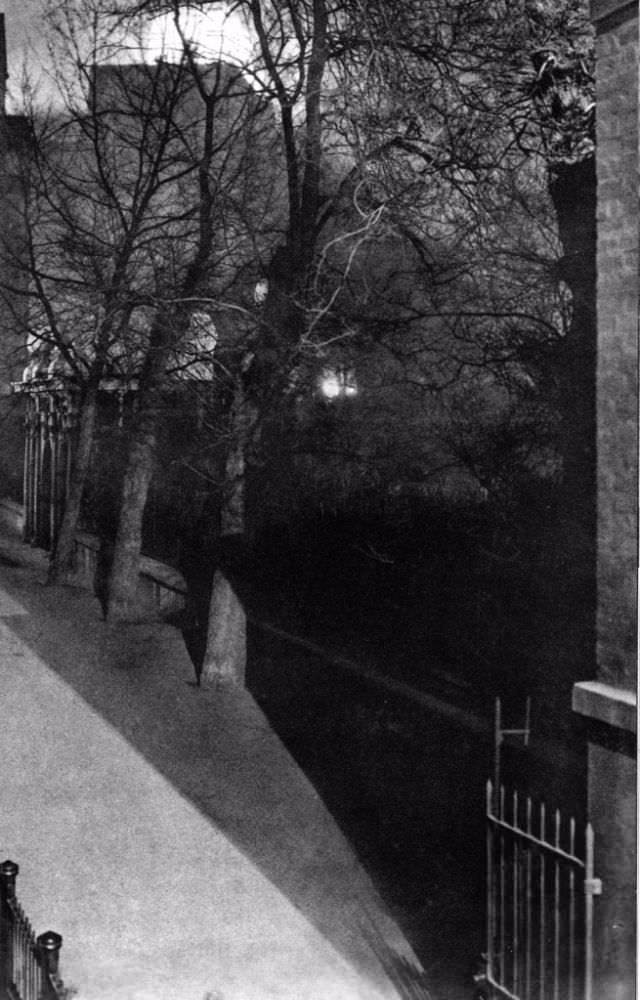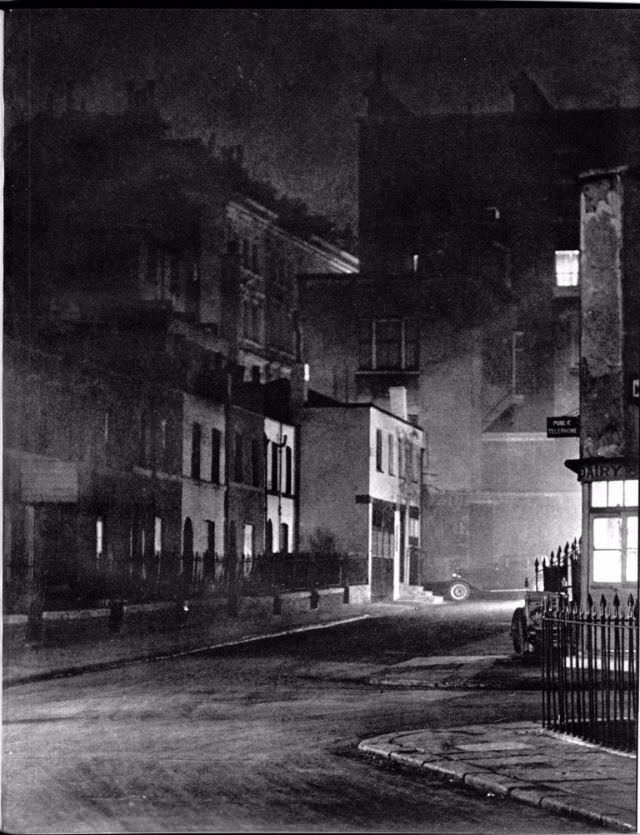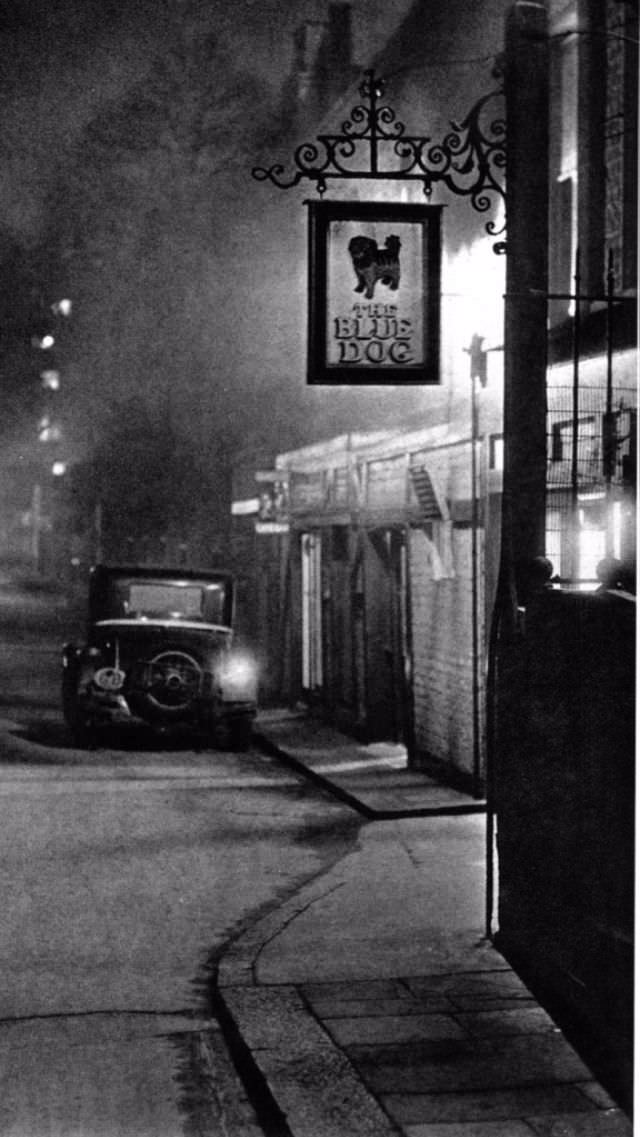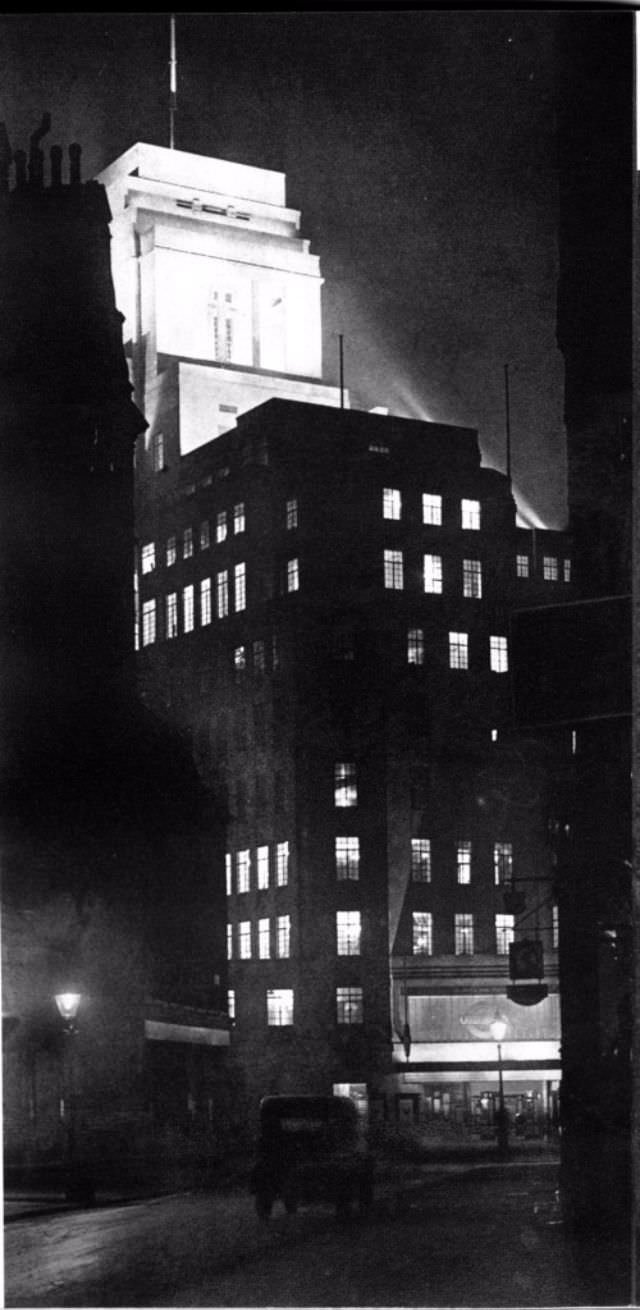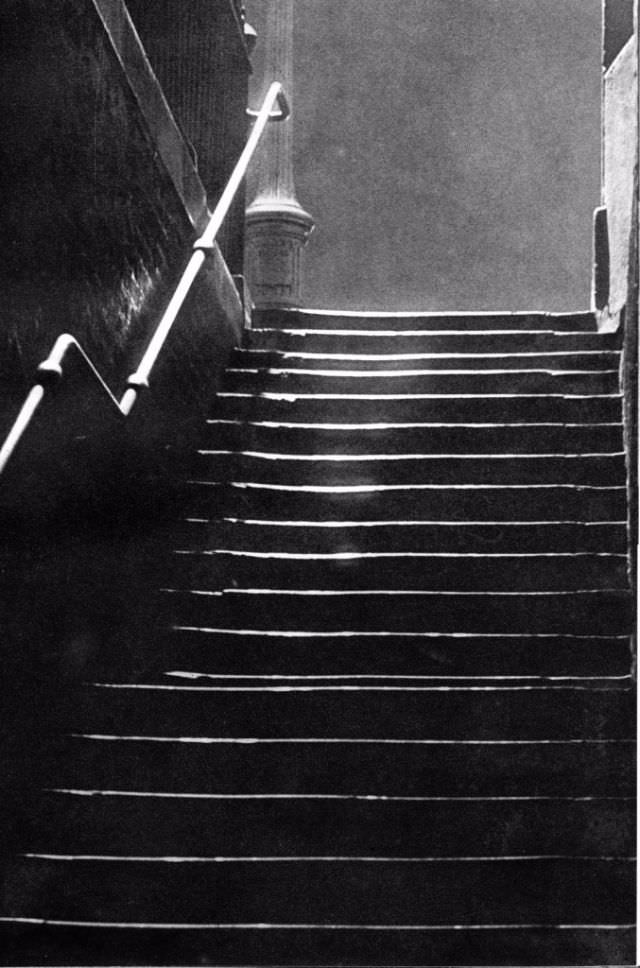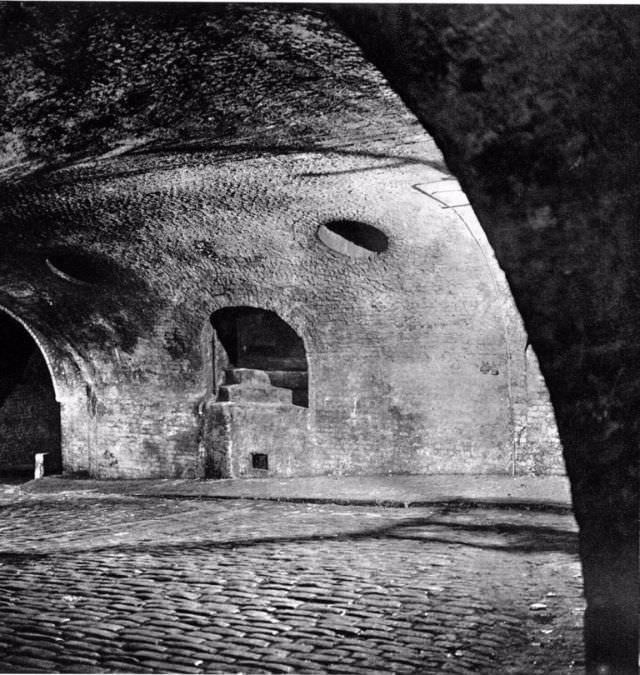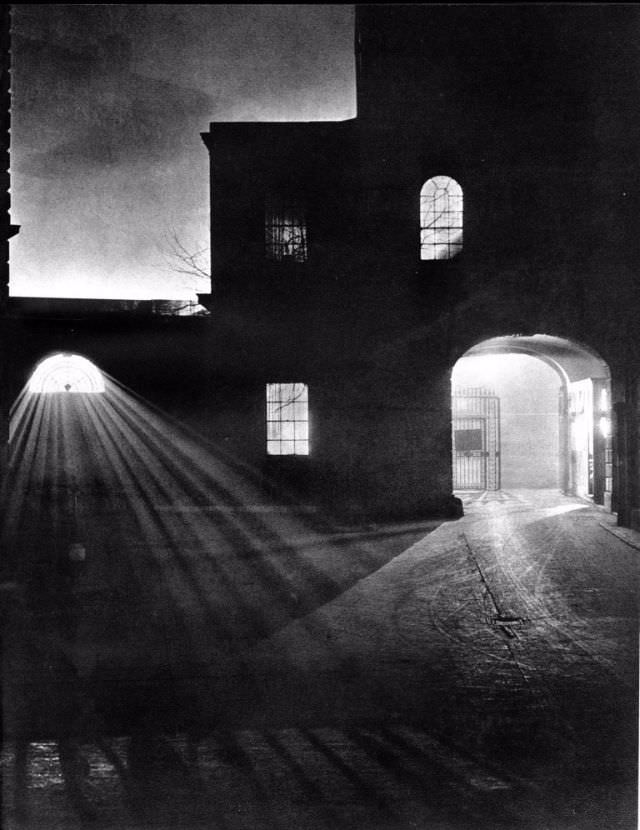London in the 1930s was a city of contrasts. It had bustling main streets and quiet, shadowy back alleys. A book called “London Night,” published in 1934 by John Morrison and Harold Burdekin, captured this nighttime atmosphere perfectly. The book’s photographs show a London cloaked in darkness, punctuated by dim streetlamps and the occasional glowing window. These photos offer a unique look at a city in a different era.
The 1930s were a time of economic hardship for many. This reality is subtly reflected in the photos. The streets are often empty or populated by lone figures hurrying home. The mood is often somber and reflective.
The photographs in “London Night” focus on the interplay of light and shadow. The dim streetlamps cast long shadows across the cobblestone streets. This creates a sense of mystery and intrigue. The darkness becomes almost a character itself.
The photos show a city that is very different from the London we know today. There are fewer cars. People are more likely to be walking or using public transportation. This gives the photos a sense of quiet and stillness.
The architecture of London plays a big role in the photos. The tall buildings and narrow streets create a sense of enclosure. The shadows deepen in these spaces. This adds to the atmosphere of mystery.
The photos often feature fog or mist. This was a common occurrence in London at the time. The fog adds to the sense of mystery and creates a dreamlike quality. It softens the harsh edges of the city.


